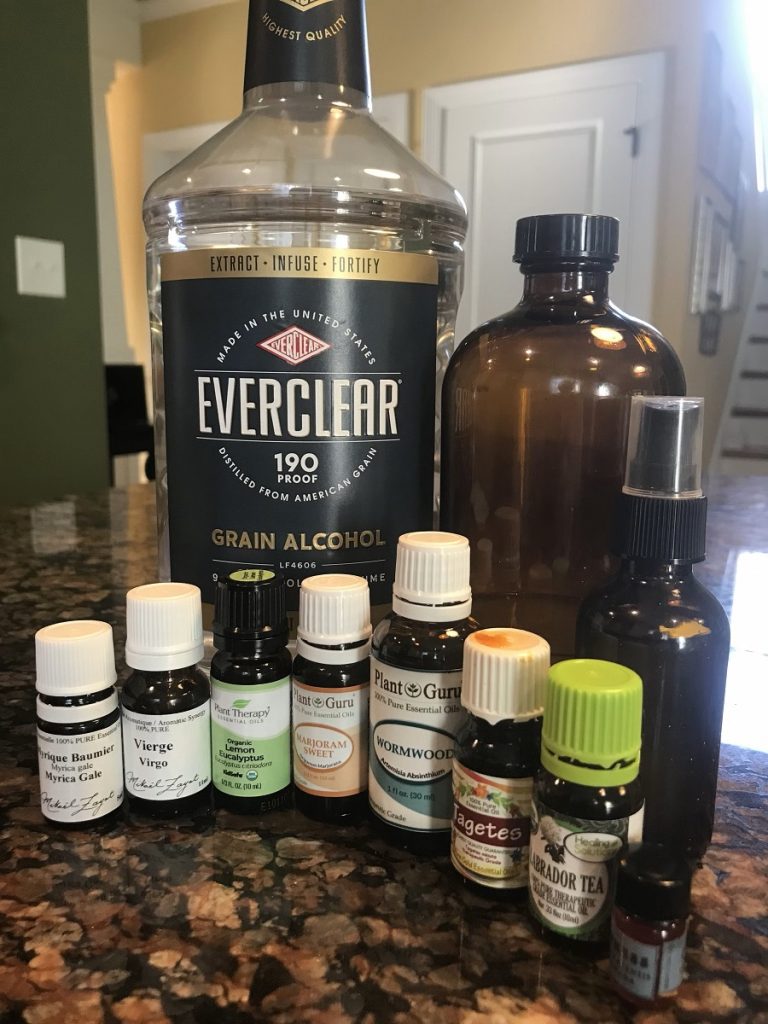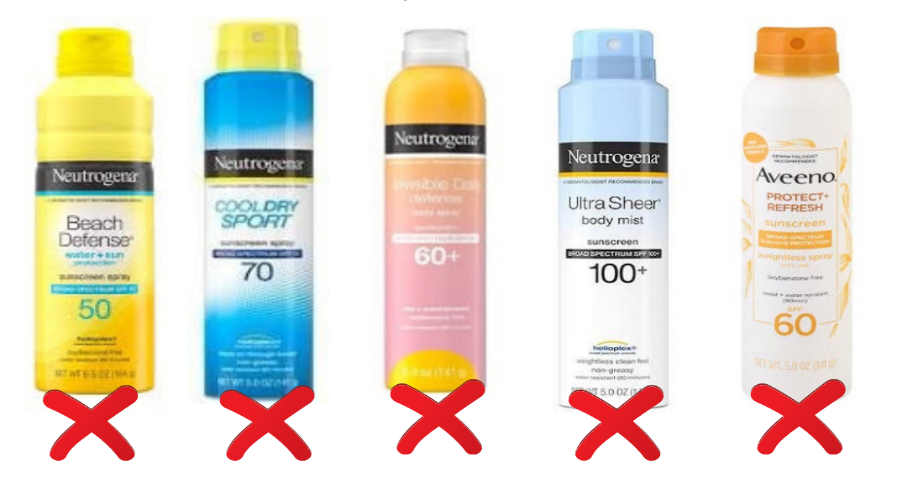COVID19 Recommendations
Updated March 23, 2020
Your best defense against a viral infection is a healthy immune system which you can support with clean air, clean water and clean food. Focus on eating foods that are organic and rich in antioxidants (fruits and vegetables). Make sure that the water you drink is adequately filtered and do not drink out of plastic bottles. Use good quality HEPA filters in your home, especially your bedroom. Practice good hygiene with frequent hand washing with warm water and soap. Keep stress levels as low as possible and make adequate sleep a priority.
In addition to social distancing, frequent/adequate handwashing and sanitizing guidelines from CDC (https://www.cdc.gov/coronavirus/2019-ncov/index.html), here are Cov19 recommendations. Please keep in mind, information is changing daily. Covid-19, also known as SARS-CoV-2, is too new for us to have a body of literature on how specific nutrients or herbal remedies affect clinical outcomes. We therefore predict the risk/benefit based on understanding mechanisms involved and similarities between this virus and its most closely related viruses. Based on new concerns regarding this specific virus, we have amended our prior recommendations on high dose vitamin A and D.
These supplement regimens are not intended to cure Covid-19 but to help boost your body’s own immune response to the virus. If you suspect symptoms of Covid-19, we recommend that you call your primary care physician’s office or seek evaluation and testing through an Urgent Care center. A list of resources is available at the end of this document.
Adult Prevention Options: (supplements available through your online patient portal)
1. Vitamin C: 500-1000mg daily (CTW Complete Vitamin C)
2. Vitamin D: 2000IU -5000IU per day (CTW Liquid D3 or CTW Vitamin D3)
3. Omega 3 (EPA/DHA): 2500mg daily (CTW Omega 3 or Arctic Cod Liver oil) or (Metagenics SPM) 2 caps twice daily
4. Zinc glycinate: 15-30mg daily (Reacted Zinc or Zinc Drink)
5. N-acetylcysteine: 600mg daily (CTW Liver Support) or (Trizomal glutathione) 5mL once daily
6. (Biocidin LSF) mix 10 pumps with a bottle of over the counter nasal saline spray or Xlear and then spray twice into each nostril upon returning home from outside exposure like your office or the grocery store.
7. PEA: 2 caps daily. Recommend Vitalitus PEA or Metagenics Hemp Advantage Plus {PEA with CBD}.
8. Real Mushrooms 5 Defenders, providing >20% beta-D-glucans: 1 cap daily**
9. Real Mushrooms Reishi 415**: 1 cap daily**
**Mushrooms are highly complex. Certain compounds are immunostimulating. Is this a problem in COVID19, or a benefit? We don’t know the answer. There is also concern using immune stimulants in autoimmune patients**
Herbs such as elderberry, echinacea, astragalus, andrographis and beta glucans can help to boost immune function. However, we do not recommend taking these supplements if you have an existing autoimmune condition as these may flare your condition.
Pediatric Prevention Options: (supplements available on your online patient portal)
1. Vitamin C: 250mg daily (1/2 capsule of CTW Complete Vitamin C)
2. Vitamin D: 600IU-1000IU per day (CTW Liquid D3)
3. Omega 3: 500-1000mg daily (DHA Junior Liquid or Arctic Cod Liver oil) or (Metagenics SPM) 1 cap twice daily
4. Zinc glycinate: 15mg daily (Zinc Drink)
5. N-acetylcysteine: 300mg daily (CTW Liver Support) or (Trizomal glutathione) 2.5mL once daily
6. (Biocidin LSF) mix 10 pumps with a bottle of over the counter nasal saline spray or Xlear and then spray once into each nostril upon returning home from outside exposure that couldn’t be avoided….stay strong parents! No friend visits!
7. PEA: ages 5-14: 1 cap daily. Recommend Vitalitus PEA or Metagenics Hemp Advantage Plus {PEA with CBD}.
8. Real Mushrooms 5 Defenders, providing >20% beta-D-glucans: 1 cap daily**
9. Real Mushrooms Reishi 415**: 1 cap daily**
**Mushrooms are highly complex. Certain compounds are immunostimulating. Is this a problem in COVID19, or a benefit? We don’t know the answer. There is also concern using immune stimulants in autoimmune patients**
Herbs such as elderberry, echinacea, astragalus, andrographis and beta glucans can help to boost immune function. However, we do not recommend taking these supplements if you have an existing autoimmune condition as these may flare your condition.
See next page for graphic to review signs of illness and therapeutic options:
*** New data, obtained after this chart was generated, indicates that diarrhea occurs in up to half of all patients presenting the Covid-19***
At first sign of illness, adult therapeutic options:
1. Vitamin C: increase to 1 gram per hour x 6 hours per day. Reduce dose slightly if you develop loose bowel movements
2. Zinc liquid or lozenges: Swish liquid or allow lozenge to dissolve slowly, bathing the throat in zinc. Total zinc should be 60mg per day x 1 week. Recommended to divide this up with 1 teaspoon Zinc Drink 4 x day only to avoid copper depletion.
3. Biocidin LSF mix 10 pumps with a bottle of over the counter nasal saline spray or Xlear and then spray twice into each nostril two times a day.
4. Metagenics SPMs: Increase to 2 caps 3 times per day with first symptoms, continue x 6 weeks.
5. N-acetylcysteine: Increase to 600mg twice a day or Trizomal glutathione 5mL twice a day
6. PEA: increase to 2 caps three times per day with first symptoms. Continue for six weeks
7. Real Mushrooms 5 Defenders**: increase to 2 caps twice a day with symptoms
8. Real Mushrooms Reishi 415**: increase to 2 caps once to twice per day with symptoms.
**Mushrooms are highly complex. Certain compounds are immunostimulating. Is this a problem in COVID19, or a benefit? We don’t know the answer. There is also concern using immune stimulants in autoimmune patients**
Herbs such as elderberry, echinacea, astragalus, andrographis and beta glucans can help to boost immune function. However, we do not recommend taking these supplements if you have an existing autoimmune condition as these may flare your condition.
At first sign of illness, pediatric therapeutic options:
1. Vitamin C: increase to 500mg per hour x 6 hours per day. Reduce dose slightly if you develop loose bowel movements
2. Zinc liquid or lozenges: Swish liquid or allow lozenge to dissolve slowly, bathing the throat in zinc. Total zinc should be 60mg per day x 1 week. Recommended to divide this up with 1 teaspoon Zinc Drink 4 x day only to avoid copper depletion.
3. Biocidin LSF mix 10 pumps with a bottle of over the counter nasal saline spray or Xlear and then spray twice into each nostril two times a day.
4. Metagenics SPMs: Increase to 1 cap 3 times per day with first symptoms, continue x 6 weeks.
5. N-acetylcysteine: Increase to 300mg twice a day or Trizomal glutathione 2.5mL twice a day
6. PEA: increase to 1 cap three times per day with first symptoms. Continue for six weeks
7. Real Mushrooms 5 Defenders**: increase to 1 cap twice a day with symptoms
8. Real Mushrooms Reishi 415**: increase to 1 cap once to twice per day with symptoms.
**Mushrooms are highly complex. Certain compounds are immunostimulating. Is this a problem in COVID19, or a benefit? We don’t know the answer. There is also concern using immune stimulants in autoimmune patients**
Herbs such as elderberry, echinacea, astragalus, andrographis and beta glucans can help to boost immune function. However, we do not recommend taking these supplements if you have an existing autoimmune condition as these may flare your condition.
References:
COVID19: Traditional Chinese Medicine and Western Options for the Non-TCM Trained Clinician
Coronavirus (COVID-19): What a Pediatrician Wants You to Know
COVID-19: Preserving Your Family’s Health and Sanity in the Face of a Pandemic by Dr. Bird
From the NC Health Department:
If you have questions about COVID-19 (coronavirus), dial 2-1-1 or 888-892-1162. Sign up for updates by texting COVIDNC to 898211.
For all other questions, the DHHS Customer Service Center can assist in finding programs and people to help you. Call 1-800-662-7030.
3708 Forestview Rd., #202 office@carolinatotalwellness.com T: 919-999-0831
Raleigh, NC 27612 www.carolinatotalwellness.com F: 888-394-6442





















